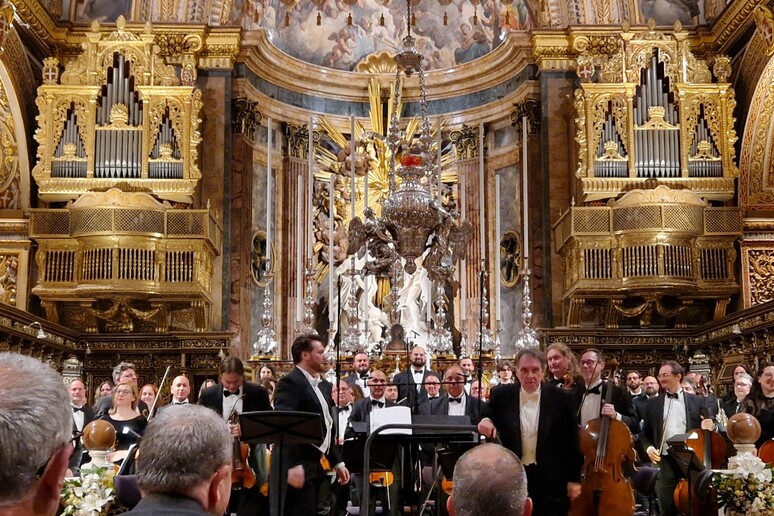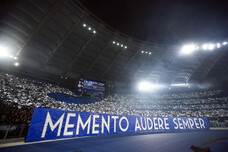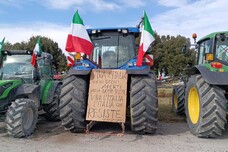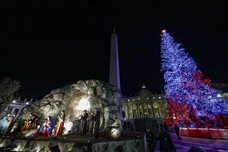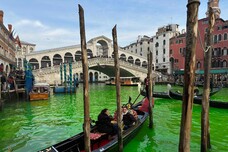Husband of a professional pianist, specialist in baroque music and among other things director of the Kiev choir, Ambassador Fabrizio Romano plays it down: 'Me? Yes I play the piano, but as a good amateur with a great passion for music'. Which led him to conceive the idea of producing, as part of the guidelines of Italian diplomacy that promotes our culture in the world as well as business and trade, a symphonic poem with a historical background dedicated to the Great Siege of Malta in 1565, conceived and composed by maestro Pietro Cangiano and performed in its world premiere last Friday.
"It is a gift both personal and from Italy to the entire Maltese people," Romano said at the presentation in the presence of the Minister of Culture, Owen Bonnici, who collaborated on the Embassy's production, recalling that next June he will be handing over the baton of a seat that looks after over 15,000 residents as well as strong Italian investments in the country with the strongest economic growth in the EU.
In the imposing Baroque setting of St. John's Co-Cathedral, famous for hosting two of Caravaggio's most famous works (St. John Decollate and St. Bartholomew Reading), the composer performed the work in its world premiere, conducting the 80-piece Malta Philharmonic Orchestra, tenor Michael Alfonsi and the 30-piece Ars Cantandi class, led by Maltese Mariella Spiteri Cefai. Seventy uninterrupted minutes, greeted by ten minutes of applause with encore requests.
"Last Friday evening,' Romano explains, 'somehow began three years ago, when I learned by chance that an Italian composer had written a poem about the Siege of Malta. He was Pietro Cangiano (from Rome, a composer, conductor and pianist with collaborations with Aranovich, Berio, Giullini, Sinopoli, Sawallisch and Muti, among others).
"I contacted him and he proposed to introduce me to opera on the piano, in residence. And there, with the panorama of the Valletta walls and Fort St. Elmo in the background, 'Cangiano performed the entire opera, winning me over'.
The Great Siege, a relatively little-studied event in Italian school history textbooks, 'marked a fundamental moment in the history of Europe,' Romano remarked in a conversation with ANSA. Just six years later, the Turkish Empire was definitively defeated at the Battle of Lepanto. But the failed siege of Malta had already marked the beginning of the Ottoman decline.
Four hundred and sixty years ago, a few hundred Knights of St. John - who, after being driven by the Turks from both Jerusalem and Rhodes, had settled in Malta (granted by Charles three decades earlier, while the Turks were besieging Vienna) - were attacked by a fleet of 40,000 men sent by Suleiman the Magnificent. They resisted from 18 May to 8 September, led by General de la Valette, who after the retreat of the Ottoman fleet established the new capital where the Turks had managed to set up camp. The four 'pictures' into which the nine movements of the symphonic poem are divided, narrate the four key moments with constant attention to religious and spiritual tension.
ALL RIGHTS RESERVED © Copyright ANSA
